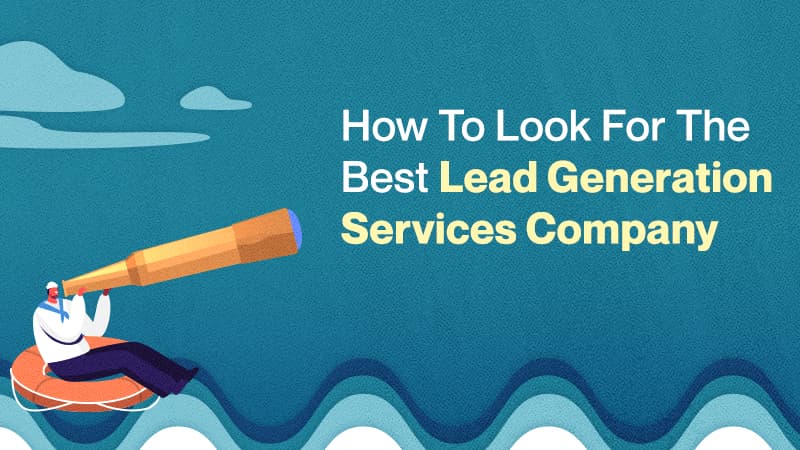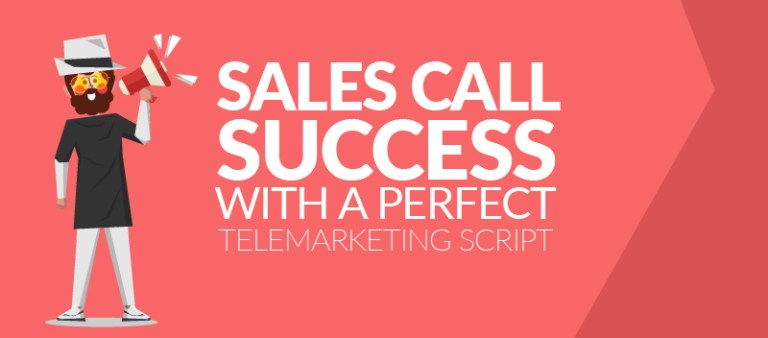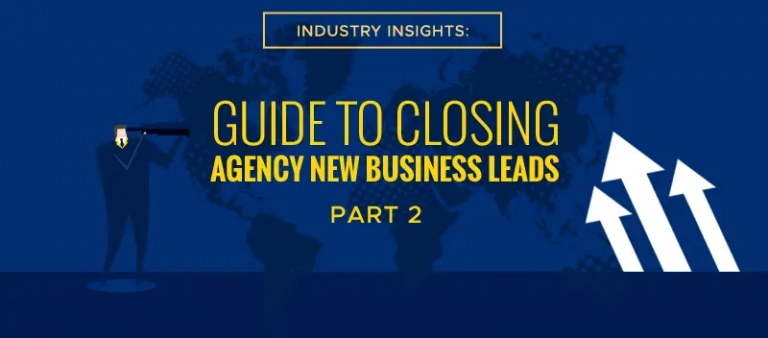By this point, we all know that not all lead generation strategies are the same. Lead generation strategies that may have worked back then may not work nowadays anymore, and every year we need to update our strategies to fit the specific industry we are operating in.
If you’re operating in a niche B2B industry, you have to make sure that your lead generation strategy is specifically tailored to the audience you’re reaching out to.
Here, let’s take a look at lead generation strategies you should look into and incorporate.
High-quality Content
We can’t stress enough how important it is to create high-quality content. That doesn’t mean that it just has to be visually appealing, rather it means that your content should be educational and be able to resonate with your audience. When you put out content that educates, informs, all while entertaining your audience, you catch their attention as well as earn their loyalty.
To paint you a better picture, every day B2B buyers consume a minimum of three to five pieces of related content before they decide to reach out to a salesperson. This is why you shouldn’t sleep on your content creation as it highly plays into your prospect’s decision-making process.
ABM for Niche Audiences
In order to have a solid ABM strategy, you have to be able to define your ideal client and what is important to them first. Since you’re targeting a niche audience, you have to be more specific with your approach.
The key components of an effective ABM strategy lie on a narrower and deeper focus that delivers more qualified and high-value leads by doing the following:
- An understanding of your target audience, who the influencers and respective decision-makers are, and how their decisions are all made.
- Personalized content for your audience in order to build trust and create an experience that’s engaging and meaningful to people you aim to reach.
- Spending more time in building relationships that can continue to generate sales.
- Alignment between marketing and sales in order to make both processes more efficient and effective.
Webinar Marketing
Webinars are the newest and most effective way of reaching your audience across the globe. All the way from the planning stage to the webinar day proper, you can completely leverage this marketing tool in reaching out to the specific audience that you’re targeting.
Webinars can come in quite convenient as it is hassle-free and many of your colleagues, partners, and customers most likely have internet access. They also provide an amazing avenue to engage in meaningful and educational conversations with your audience during and after your webinar.
The best part is that you’re not limited even if it’s an online event. You can pretty much still do all the things you’d do during a physical event – except that it’s online. By making your presentations creative and entertaining all while not losing the original educational intent of it, it will leave your audience with a better feel and understanding of who you are as a brand and what you can offer.
Most importantly, webinars are an awesome way to make connections and build relationships with your audience which, when nurtured well even after the webinar, are most likely going to convert into leads and even long-term partnerships.
Optimize Landing Pages and CTA
More than often, landing pages have an overload of offerings. You may think that that’s a good thing – think again. You don’t want to overwhelm your prospects on one page. According to marketing experiments, multiple sales offers on one page can greatly decrease your conversion rates.
The best way to go about this is to focus on one goal for each one of your landing pages and pair it with clear messaging in your CTA. Your primary goal is to be able to convert your visitors into sales leads, so it’s crucial that your CTAs on your landing pages are convincing and not confusing.
Personalize Social Media Interactions
Avoid treating your social media platforms such as LinkedIn, Facebook, Twitter, etc. as just an extra channel to dump your promotions and content links in. Your prospects are most likely to spend more time there rather than on your proper website. This is your chance to engage with them in a more personalized way. Merely connecting with customers is not enough anymore.
Make use of hashtags on Instagram and Twitter to connect with like-minded people on the platform. Create groups on Facebook where you can have regular discussions on issues and topics that are relevant to your industry as well as touch on their pain points. Allow your audience to have a more personal connection with you in a way that they know that there is a face – a human behind your brand and not just automated messages and data.
Broaden Your Online Presence
Remember that you shouldn’t limit the persona of your brand to your website and social media channels only. The broader your online presence, the wider your reach. It’s about being seen across different platforms and sites so as for you to really grow your brand credibility. Consider guest blogging, answering questions on Quora, and even getting interviewed.
Elevate your video marketing
Blog entries and infographics are great, but what really captures someone’s attention is audiovisual presentations. Videos are a great avenue to reach and teach your target audience everything they need to know about you as a brand and your products/services all while being entertained. If you haven’t incorporated video marketing into your strategies yet, then this is the perfect opportunity to, and if you already are, always think of new ways to improve your video outputs. Touch on topics aside from just what your products and services can offer. Make educational and thoroughly informative videos about topics relevant to issues that your prospects may be going through, and address them directly in the video as well.
Related: Making Your First Personalized Sales Video Email
Conclusion
The industry keeps changing and evolving and with it the buyers and their decision-making skills as well. We need to be prepared to adapt and evolve our strategies that effectively reach out to niche B2B industries.
Being able to nail your lead generation strategies is going to be the foundation of all the moves you’re going to make along with the sales journey. Remember to always be smart and creative about getting your prospects to engage and convert.




